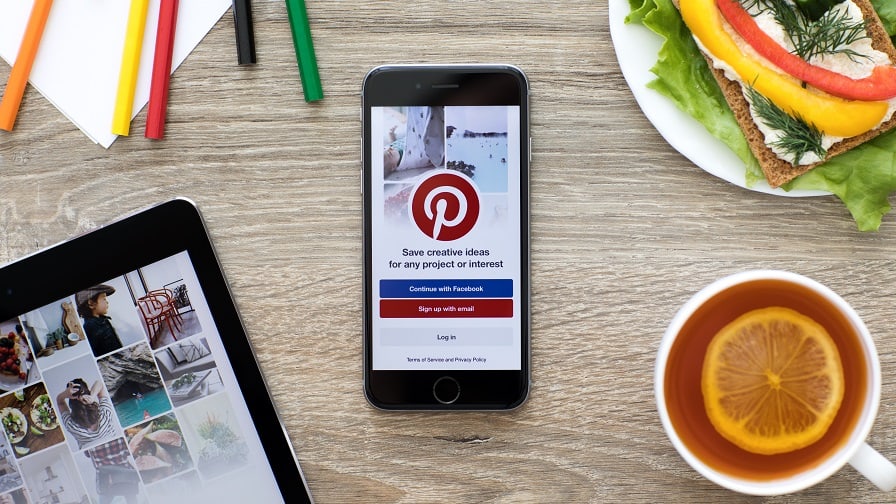Pinterest is tapping into the video advertising budgets with a new autoplay format supported by metrics from third-party providers.
Diving into video inventory last year, Pinterest launched a video player, followed by a phase of testing of promoted videos. Autoplay video ads are now open to all advertisers, including those purchasing ads through Pinterest’s self-serve ad-buying tool or its advertising API.
Automatically-played video ads, with the sound turned off by default, will appear in users’ feed and among search results. They can be up to 30 minutes in length and formatted to suit brands, be it square, horizontal or vertical. Advertisers will be billed based on the impressions ads earn, which includes times when a user skips past an ad while scrolling their feed.
Anticipating metrics issues experienced by other platforms launching this type of an ad, the photo-sharing site will work with third-party measurement partners Moat and Nielsen to ensure accurate data.
A step further
Autoplay isn’t new to social; Facebook, YouTube and Twitter have all tapped into the business.
Sprinklr’s global head of product evangelism, Elizabeth Closmore, highlights that for 67% of people, videos on Pinterest inspire action.
“This shows that there is a genuine and growing appetite for video content among Pinterest users and the launch of promoted video with autoplay is a means to satisfy this demand.”
For marketers, however, video ads pose the issue of measurement. This is why Pinterest teamed up with digital ad search engine Moat and information and measurement company Nielsen which allow marketers to check metrics via third parties.
Adglow’s partner, Damian Routley, believes quality video ads are in “chronic short supply” while third-party measurement remains thin on the ground. He calls Pinterest’s collaboration with the external partners a “welcome addition”.
“Both brands and agencies are challenging us to push this issue with partners so will be relieved that as prominent a channel as Pinterest has opted to work with third party measurement partners to address these concerns head on,” he explained.

